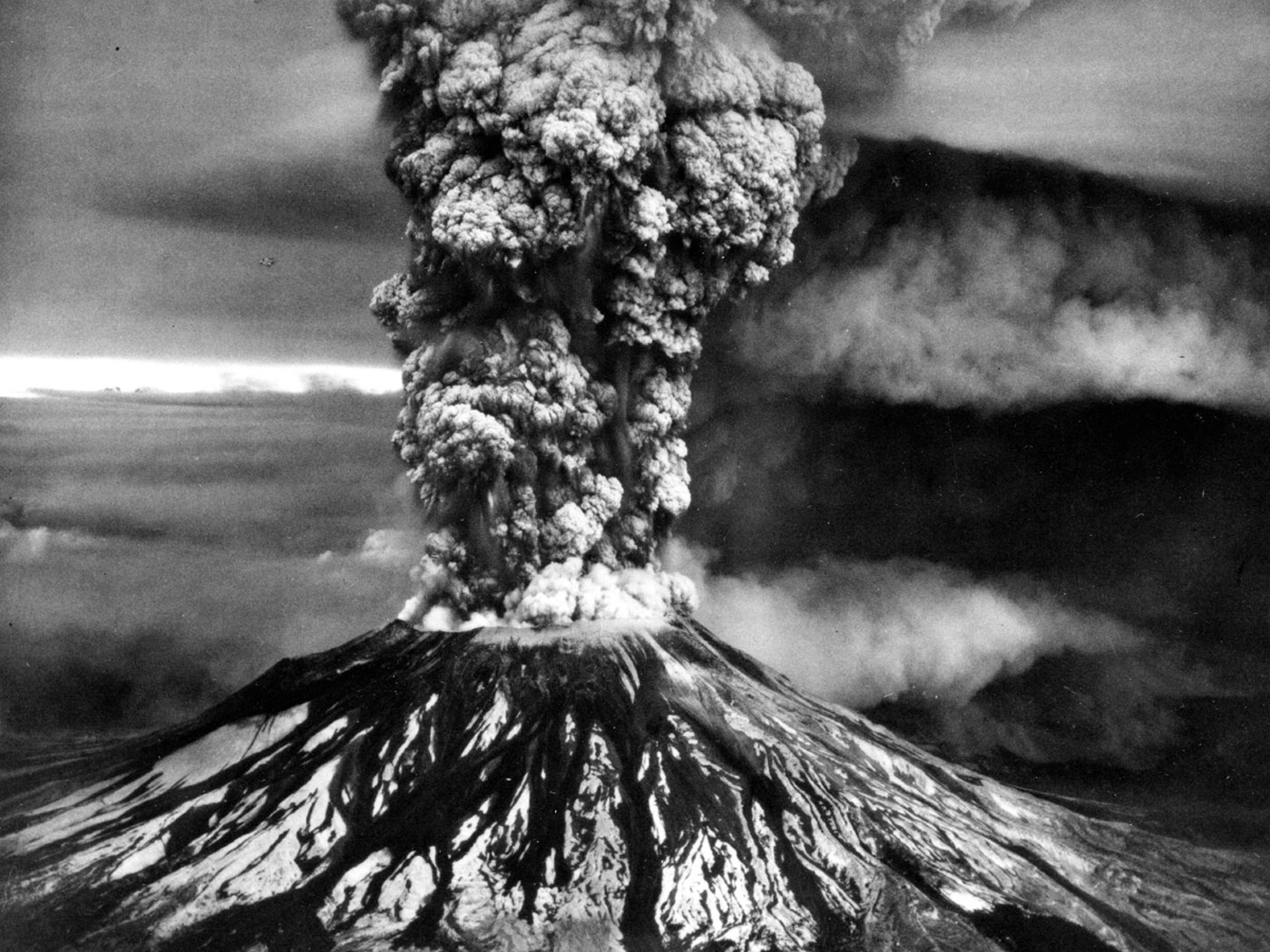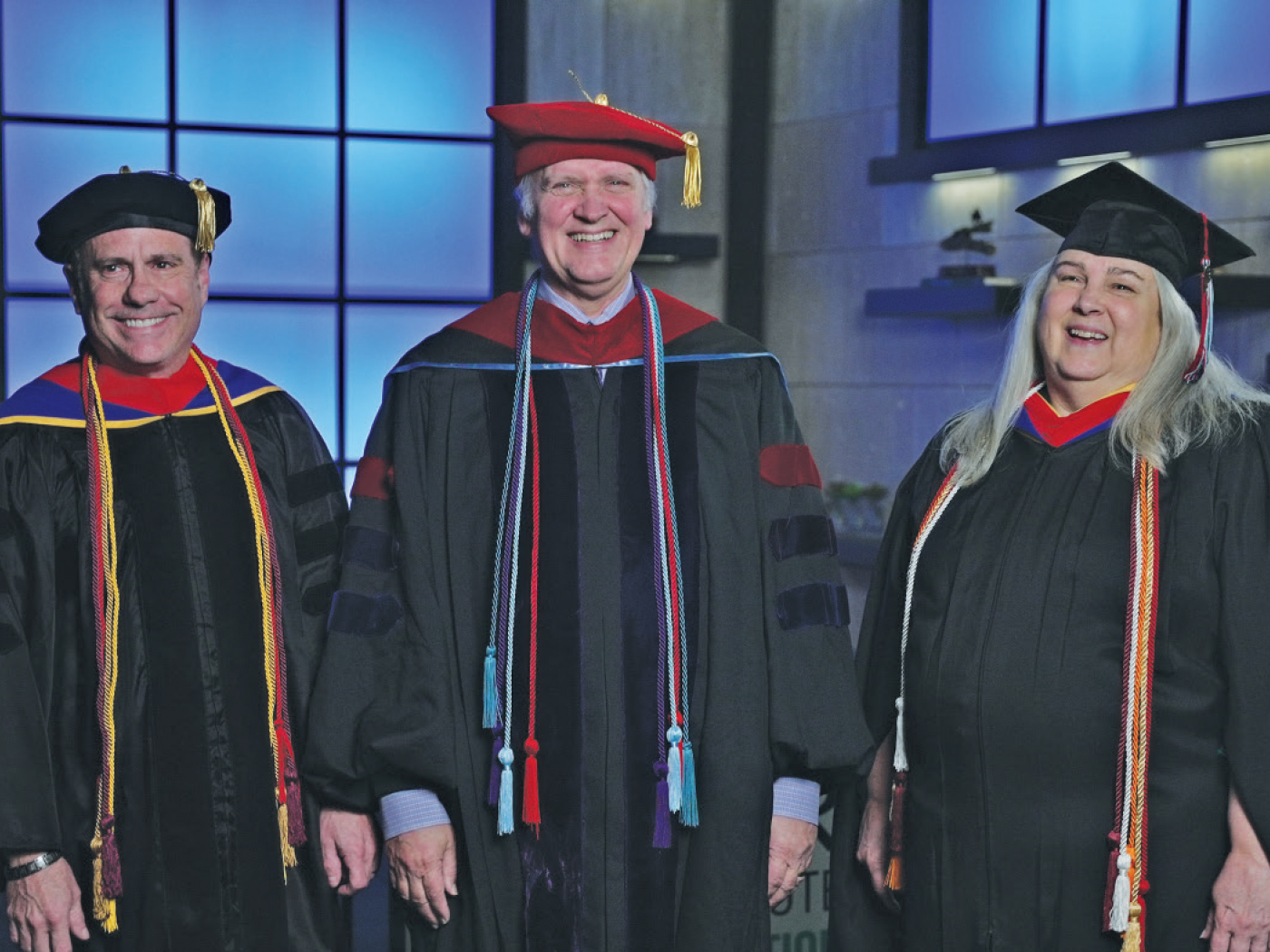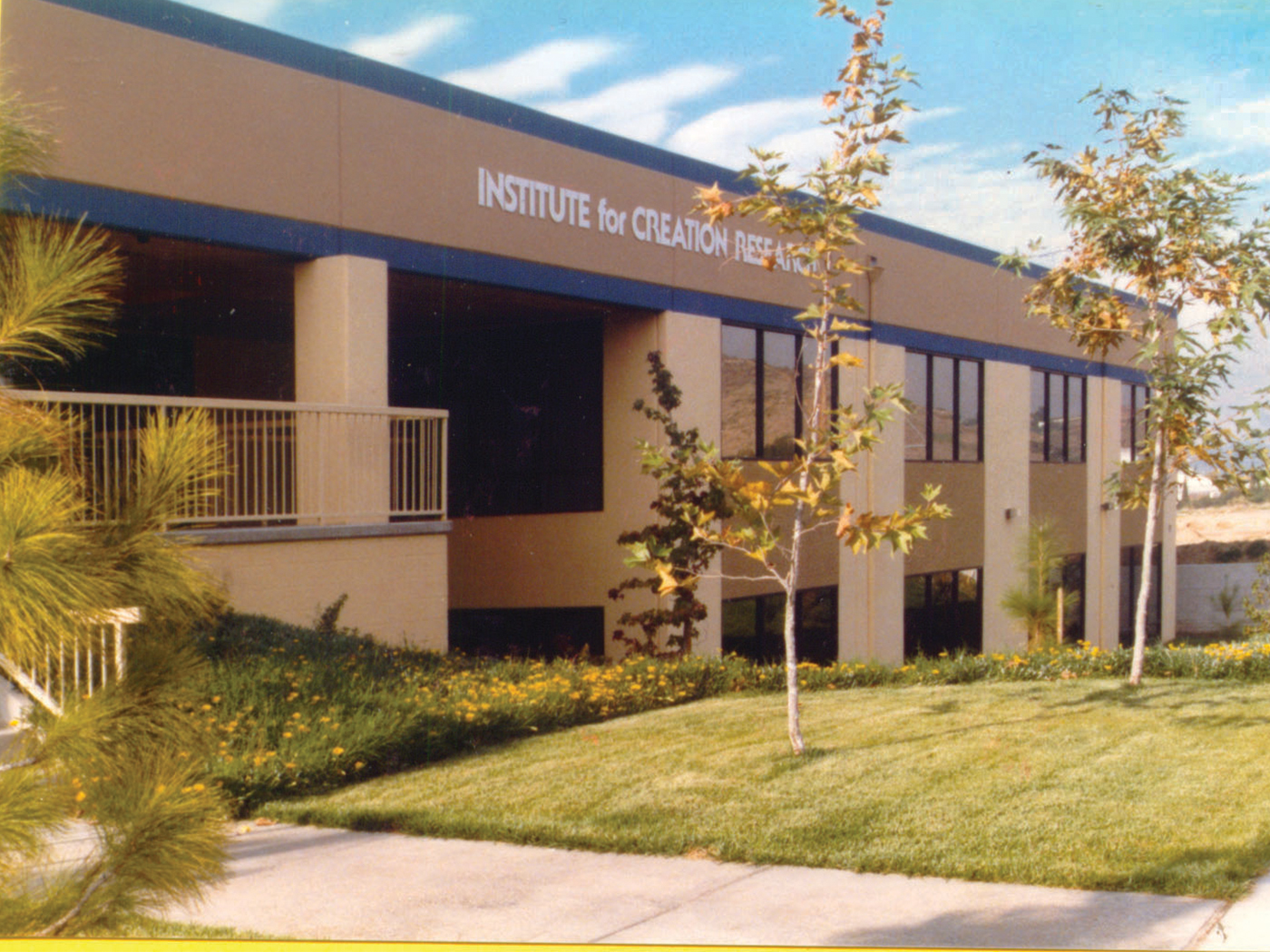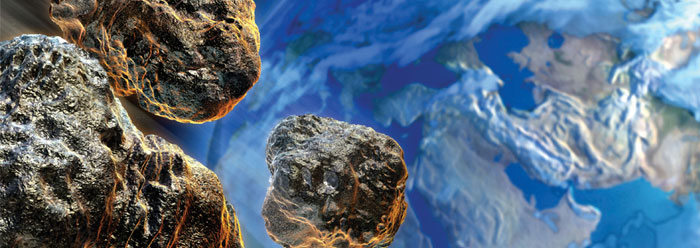
Meteorite Analysis Begins
When ICR's Radioisotopes and the Age of the Earth (RATE) study ended in 2005, several projects had not been completed. Among these were studies on meteorites, additional carbon-14 work on diamonds, and expanded sampling of helium in zircons. After a few years' delay, we have begun to follow up on these remaining projects.
A Proposed Mesoscale Simulation of Precipitation in Yosemite National Park with a Warm Ocean
In A. A. Snelling (Ed.) (2008). Proceedings of the Sixth International Conference on Creationism (pp. 307–319). Pittsburgh, PA: Creation Science Fellowship and Dallas, TX: Institute for Creation Research.
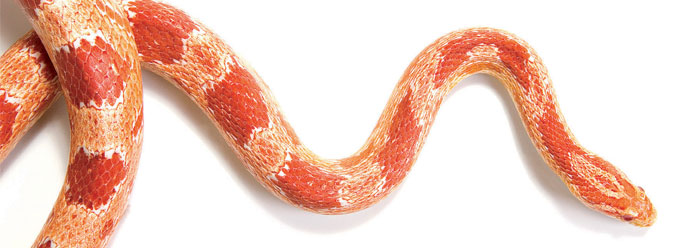
Can Divergent Species of Snakes Interbreed?
Evolution predicts that as new species of animals are developed by mutation and selection, they will form offspring that will not interbreed. This prevents the new species from being recombined back into the taxonomies of their progenitors. Consequently, part of the definition for species--according to evolution--is that they will not interbreed and have offspring.

The "Fatal Flaws" of Darwinian Theory
Evolutionary genetic theory has a series of apparent "fatal flaws" that are well known to population geneticists, but that have not been effectively communicated to other scientists or the public. These fatal flaws have been recognized by leaders in the field for many decades--based upon logic and mathematical formulations.

Diamonds May Be a Creationist's Best Friend
During the Radioisotopes and the Age of the Earth (RATE) project, Andrew Snelling discovered evidence for a young earth and accelerated nuclear decay based on the presence of polonium radiohalos near uranium radiohalos in the black mineral biotite, which is part of granite. Mark Armitage conducted most of the laboratory work that led to this discovery.




